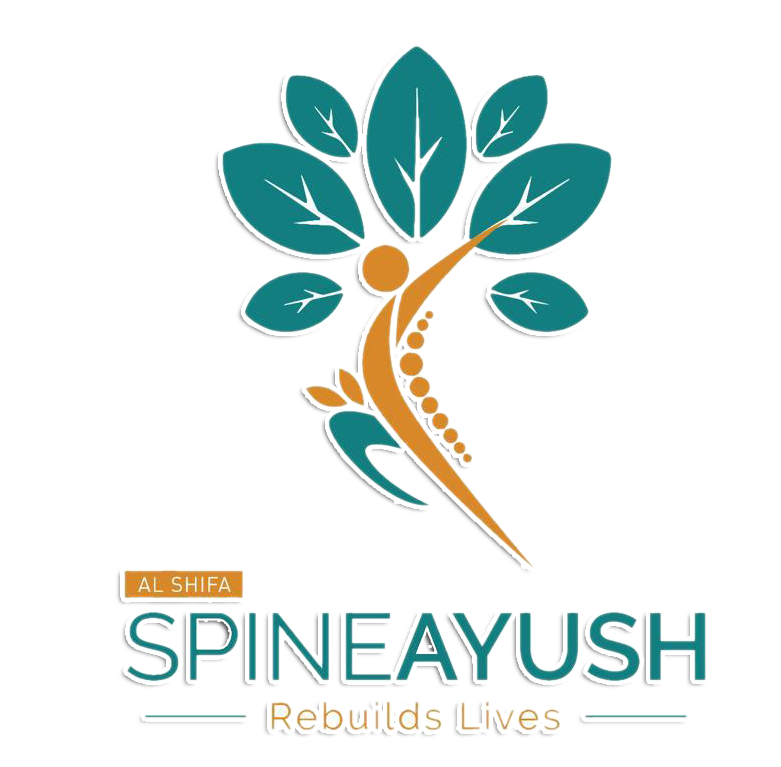Back Pain
Back pain in children is increasingly common, often manifesting through various subtle and noticeable signs. Young patients may experience sharp or dull aches in their lower or upper back, which can vary in intensity and duration. Children might complain of discomfort during physical activities, while sitting for extended periods, or during specific movements. Common symptoms include muscle stiffness, reduced flexibility, and occasional shooting pain that interrupts daily activities. Parents should pay attention to children who frequently shift positions, avoid certain movements, or show reluctance in participating in physical activities.
Multiple factors contribute to back pain in children, ranging from developmental issues to lifestyle challenges. Poor posture, especially due to prolonged digital device usage, is a significant modern-day cause. Heavy school bags, improper sitting positions, and lack of physical activity can strain young spines. Underlying medical conditions such as scoliosis, juvenile arthritis, and disc-related issues may also trigger back pain. Sports injuries, muscle imbalances, and growth-related changes during puberty can further exacerbate back discomfort. Psychological stress, academic pressure, and sedentary lifestyles increasingly contribute to musculoskeletal problems in younger populations.
Accurate diagnosis requires a comprehensive medical approach involving multiple assessment techniques. Pediatric specialists typically begin with detailed medical history and physical examination. Advanced diagnostic tools include X-rays, MRI scans, and specialized orthopedic assessments to identify potential structural issues. Physicians evaluate pain characteristics, duration, and associated symptoms to rule out serious conditions. Blood tests might be conducted to check for inflammatory markers or underlying systemic diseases. Posture analysis, flexibility tests, and neurological examinations provide additional insights into the root causes of back pain.
Treatment strategies for childhood back pain are multifaceted and personalized. Conservative approaches prioritize non-invasive methods, including physical therapy, targeted exercises, and posture correction techniques. Physiotherapists design age-appropriate rehabilitation programs focusing on core strength, flexibility, and muscle balance. Ergonomic interventions like proper bag weight management and correct sitting positions play crucial roles. In some cases, specialized braces or supportive devices might be recommended. Alternative therapies such as gentle chiropractic adjustments, yoga, and mindfulness practices can complement traditional treatments. For persistent or severe cases, medical interventions may include medications, specialized interventions, or advanced therapeutic approaches.
Prevention and Holistic Management
Preventing childhood back pain requires a holistic approach involving parents, educators, and healthcare professionals. Encouraging regular physical activity, maintaining healthy body weight, and promoting good posture are essential. Limiting screen time, ensuring ergonomic school environments, and teaching proper lifting techniques can significantly reduce back strain. Regular health check-ups, balanced nutrition, and age-appropriate exercise routines contribute to overall spinal health.
By understanding the nuanced aspects of back pain in children, parents and caregivers can take proactive steps towards effective management and long-term well-being.




